The growing number of digital tools such as mobile phones, the Internet, e-commerce, and social media has resulted in a rapid increase in the volume of diverse data. Businesses collect, analyze, and process so-called “big data” that they subsequently share with other organizations. In the digital age, the concept of Personally Identifiable Information (PII) has become central to discussions about privacy, security, and data protection. Any information that can identify an individual on its own or when combined with other data refers to PII. However, as more organizations recognize the value of this data, the rate of data breaches and cyberattacks has grown in parallel with the rise of big data. Regulatory organizations seek to introduce new rules to save customer data. In this blog, we will learn what is PII (Personally Identifiable Information), types of PII, and tips on protecting PII.
Understanding Personally Identifiable Information (PII)
There has never been a more important time to protect Personally Identifiable Information (PII) than now. You can use personally identifying information (PII) to find out who someone is. It is what protects your privacy. Knowing how to understand and protect PII is not only necessary for guiding the complex internet, it’s also necessary for keeping our digital selves safe and private.
At its core, Personally Identifiable Information contains a wide range of data. This includes direct identifiers, such as names, social security numbers, and email addresses, that can point to an individual uniquely. However, PII also covers indirect identifiers like race, religion, employment information, and even digital footprints, which, when placed together, can reveal an individual’s identity. The scope of personally identifiable information (PII) has grown in the digital age, containing additional data such as location information, biometric data, and IP addresses. This expansion reflects the increasing capabilities of digital identification.
Types of Personally Identifiable Information
Given its importance, understanding the different types of Personally Identifiable Information is crucial for both individuals and organizations. Let’s delve into the two primary categories of Personally Identifiable Information:
1. Sensitive PII:
Sensitive PII are also called Direct identifiers. These are pieces of information that can pinpoint an individual’s identity without the need for any supplementary data. This category is straightforward and includes:
- Full Name: The most basic form of identification, but incredibly potent.
- Social Security Number (SSN): A unique identifier for U.S. citizens, crucial for financial transactions.
- Passport and Driver’s License Numbers: Government-issued IDs with complete personal details.
- Contact Information: Including email addresses, phone numbers, and mailing addresses, directly connecting a name to a means of communication.
- Financial Account Numbers: Credit card and bank account numbers, are highly sensitive due to their financial implications.
The list provided above is not complete. Typically, organizations that disclose client information use various methods to cover up and secure the PII, ensuring they receive it in a non-personally identifiable format. An insurance company that gives client information to a marketing firm will cover up any sensitive personally identifiable information (PII) present in the data, keeping purely that, which is relevant to the marketing firm’s objective.
2. Non-Sensitive PII:
Non-sensitive PII are also called Indirect identifiers. These might not reveal an individual’s identity on their own, but when combined with other data, they can provide a clear picture. Phone books, corporate directories, and the Internet are all public resources that provide easy access to non-sensitive or indirect PII. Examples of Non-sensitive PII include:
- Date and Place of Birth: Commonly used in combination to verify identity.
- Geolocation Data and IP Addresses: Digital footprints can be traced back to an individual’s location and online activity.
- Employment and Education Information: Details about where a person works or has studied can link back to their identity.
- Web Cookies: Track online behavior, and when aggregated, can reveal personal preferences and habits.
The previously mentioned listing includes examples of non-sensitive data that are acceptable for public disclosure. One cannot use this category of data alone to determine the identity of an individual. However, non-sensitive data is linkable despite not being confidential. This implies that the combination of non-sensitive data with other personally identifiable information may result in the disclosure of an individual’s identity.
Safeguarding Personally Identifiable Information (PII)
Globally, governments have passed data protection rules to regulate organizations that gather, retain, and share personally identifiable information of clients. These laws prioritize specific fundamental principles, including the prohibition of gathering sensitive data unless it is an absolute necessity. Moreover, organizations must delete data following these regulations when it is no longer necessary for its initial purpose. Additionally, they must ensure that they do not disclose any personal information to third parties who cannot guarantee its security. For example, cybercriminals exploit PII from data systems to sell it on hidden online markets. A major event happened in 2015 when the Internal Revenue Service encountered a compromise that led to the unauthorized acquisition of personally identifiable information (PII) from more than one hundred thousand taxpayers.
How PII is Stolen
PII of unaware victims is frequently obtained by criminals through the search of unopened mail in their trash. They can obtain the name and address of the individual. It may also disclose details regarding their banking relationships, employment, or social security numbers in certain instances.
The Internet is currently an important source for identity theft. Phishing and social engineering attacks mislead an individual into disclosing sensitive information, such as their name, bank account numbers, passwords, or social security number, through the use of a website or email that appears to be legitimate. Violent phone conversations or SMS messages may also be employed to illegally obtain this information.
Tips on Protecting PII
Protecting Personally Identifiable Information (PII) is crucial in the digital age to prevent identity theft, financial fraud, and privacy breaches. Here are some essential tips for individuals and organizations to safeguard PII:
For Individuals:
- Be Mindful of Sharing Information: Think carefully before sharing personal information online, especially on social media. Limit the details you share publicly.
- Use Strong, Unique Passwords: Create complex passwords that are hard to guess and use a different password for each account. Consider using a password manager.
- Enable Multi-Factor Authentication (MFA): Whenever possible, activate MFA for an added layer of security. This often involves receiving a code on your phone or email that you must enter to access an account.
- Keep Software Updated: Regularly update your operating system, browsers, and apps to protect against security vulnerabilities.
- Be Wary of Phishing Attempts: Learn how to recognize phishing emails or messages that attempt to trick you into giving away personal information and do not click on suspicious links.
- Secure Your Devices: Use security features like fingerprint recognition or PINs to lock your devices, which makes it harder for someone to access your information if you lose or someone steals your device.
For Organizations:
- Limit Data Collection and Retention: Collect only the PII necessary for business operations and delete it when you no longer require it.
- Encrypt Sensitive Data: Use encryption for storing and transmitting PII to protect the data in transit and at rest.
- Train Employees: Regularly train employees on data privacy and security practices, including recognizing and reporting potential threats.
- Conduct Regular Security Audits: Regularly review and update security policies and procedures to address new and evolving threats.
- Implement Access Controls: Restrict access to PII to only those employees who need it to perform their job functions.
- Have a Response Plan: Develop and regularly update an incident response plan to quickly address any data breaches.
By adopting these practices, both individuals and organizations can significantly reduce the risk of PII being compromised. And ensure the privacy and security of sensitive information.
Final Thoughts
Personally Identifying Information (PII) includes any data that holds the potential to ascertain the identity of an individual, including but not limited to their name, address, phone number, passport details, and social security numbers. Identity fraudsters often target this information, particularly when it comes to transmission over the Internet. Therefore, businesses and government agencies must maintain secure databases.
As technology evolves, so too will the nature of PII and the strategies for its protection. The future of privacy will likely involve advancements in encryption, various techniques, and even decentralized systems to give individuals more control over their data. However, the foundation of PII protection will remain rooted in awareness, education, and a collective commitment to safeguarding personal information. Protecting PII is not just about compliance or avoiding financial penalties; it’s about fostering a culture of privacy and respect. In our interconnected world, this foundation builds trust in digital platforms. As individuals, organizations, and societies, our approach to PII protection shapes the future of privacy and, by extension, the future of our digital identities.
About Concur
In the wake of escalating cyber threats and stringent data protection laws, organizations are under immense pressure to safeguard Personally Identifiable Information (PII) and ensure compliance with global privacy regulations. This is where Concur steps in as a pivotal partner for businesses across all sectors. Our expertise in Digital Policy Management, DPAR/DSAR, Data Privacy Management, Consent Management, Notice Management, Consent Operations, and DPO Compliance positions us uniquely to address the challenges outlined in this insightful blog.
As highlighted in the blog, safeguarding PII is not merely about regulatory compliance but fostering a culture of privacy and respect. Concur is dedicated to partnering with organizations to achieve this goal, providing the tools and expertise needed to navigate the complexities of the digital landscape safely.
In conclusion, as we look towards the future of privacy and digital identities, Concur is committed to innovating and adapting our solutions to meet the evolving challenges of data protection. Partnering with Concur means taking a proactive step towards securing not just your organization’s data, but also its reputation and the trust of your customers. Let Concur be your guide and guardian in the digital age, ensuring that your approach to PII protection sets the standard for excellence and trust in your industry.
Check Out:


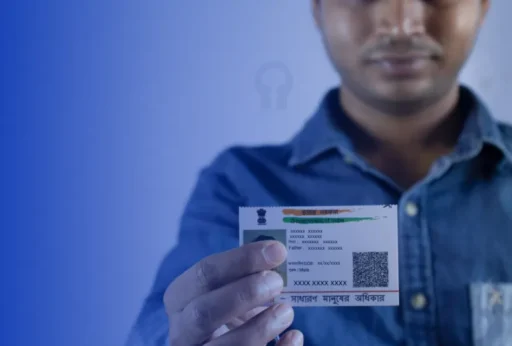


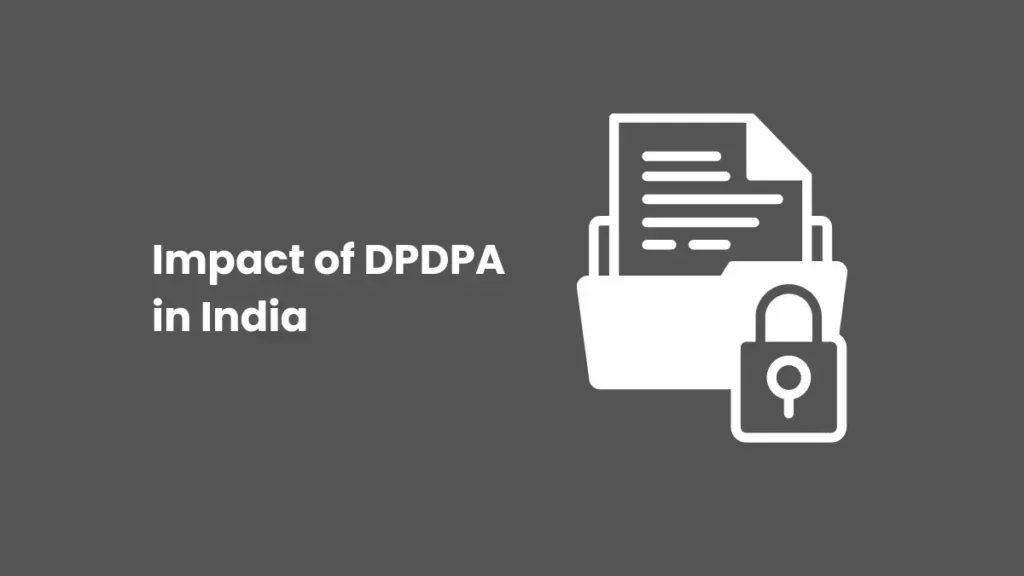
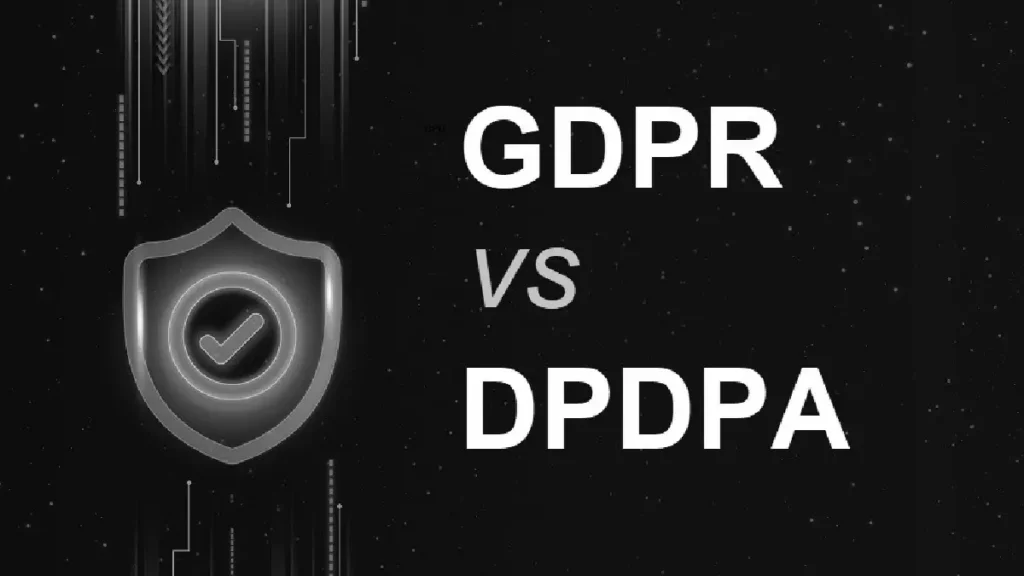

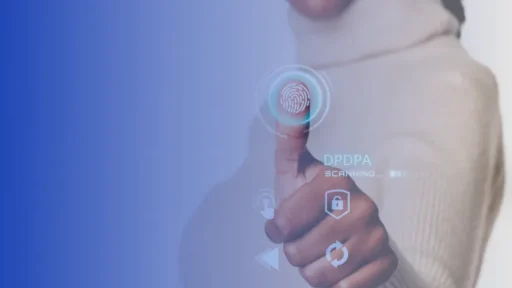
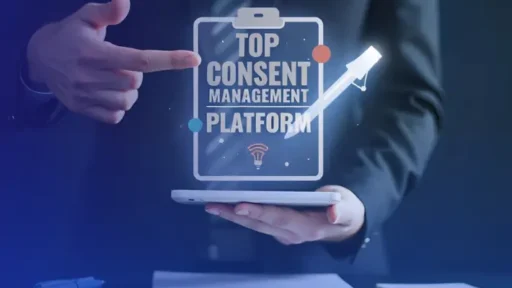
Comments are closed.